
Popularized in the 1850s, the crinoline—or the hoop skirt—was an alternative to wearing the many layers of petticoats necessary to attain the desired dress silhouette of the era. While crinolines solved problems related to dress, it also created new ones.
About the Exhibition
Location: 2nd floor, Naomi’s Bedroom
When: April 11, 2024 – December 31, 2024
Exhibit curated and designed by Alyson DeCosa

Popularized in the 1850s, the crinoline—or the hoop skirt—was an alternative to wearing the many layers of petticoats necessary to attain the desired silhouette of the era. While crinolines did solve some problems—they kept the petticoats from entangling the legs while walking and provided women a measure of personal space in public—they created new ones. Crinolines presented fire and tripping hazards. They were difficult to wear both indoors and out. Whether maneuvering about a room for daily tasks, taking public transportation, or walking outdoors in any weather, women had to be aware of their crinolines at all times.

Dress Reform: An Alternative Perspective
In her 1871 book Hit, Dr. Mary Walker condemned this bulky undergarment as a drain on women’s mental and physical energy and a risk to their health. Most of her contemporaries – particularly in towns and cities – wore dresses like these on a daily basis. The dresses on display here represent typical silhouettes for women in the 1860s. All women, regardless of social status, were expected to wear full, long skirts. Only enslaved or extremely poor women might not have had petticoats.
Most well known for her service in the Civil War and as a Medal of Honor recipient, Dr. Mary Walker was also a revolutionary. She rejected the social pressure to wear corsets, petticoats, and the like and instead donned traditionally masculine attire. This, of course, was illegal at the time. Dr. Walker was frequently arrested in the City of Oswego for “public indecency”. When asked why she insisted on wearing men’s clothes, she replied, “I don’t wear men’s clothes. I wear my own clothes.”
To learn more about Dr. Mary Walker, explore additional resources here.
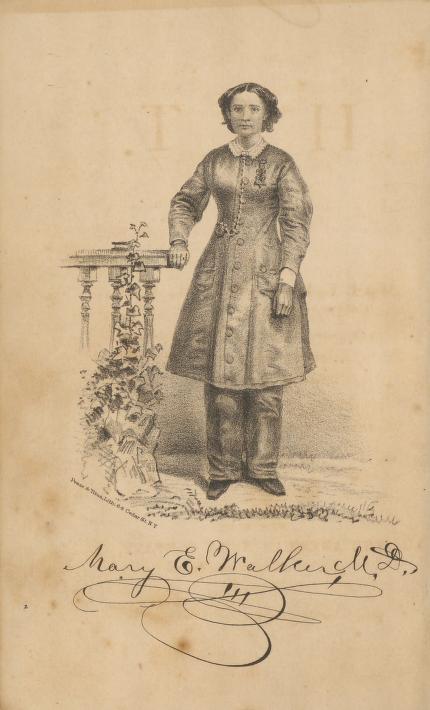
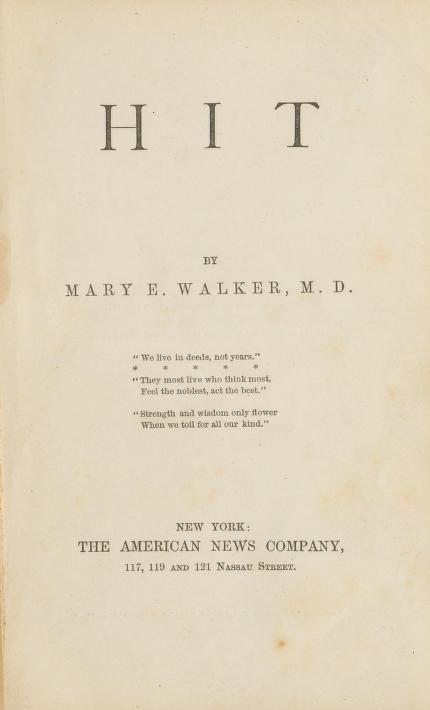
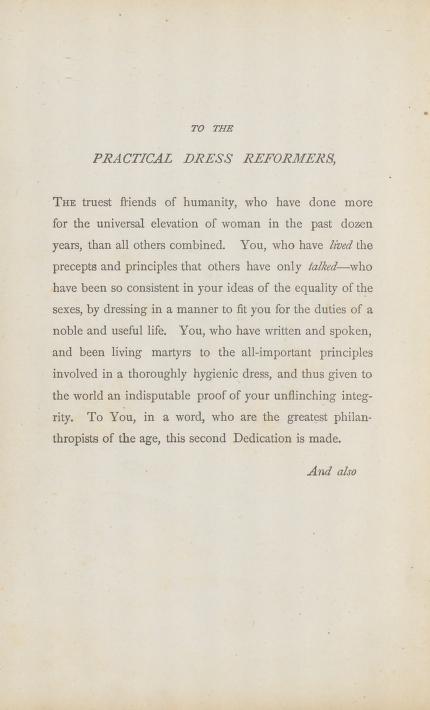

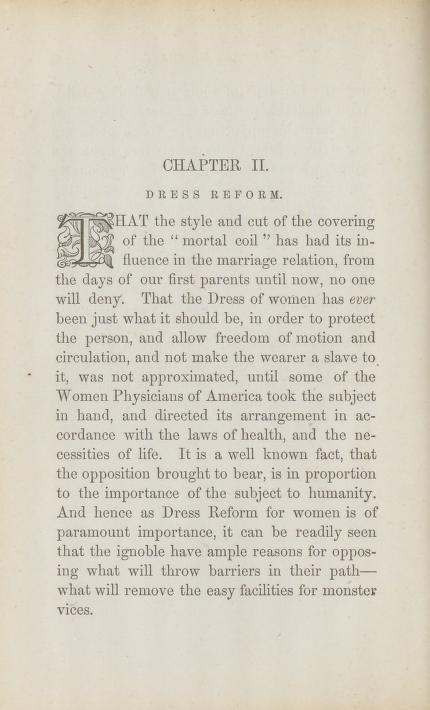
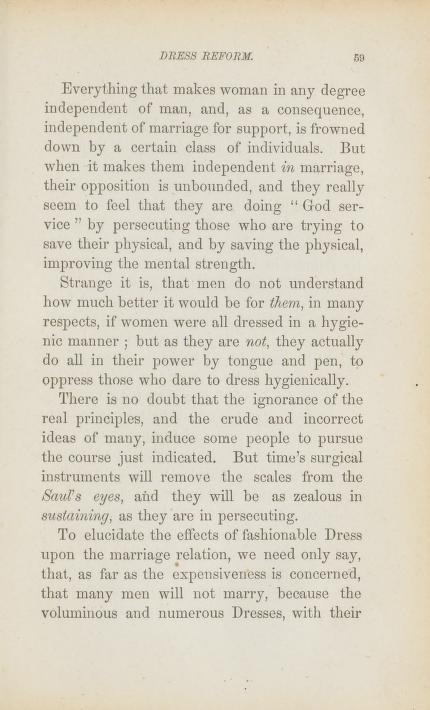
Dangerous Dyes
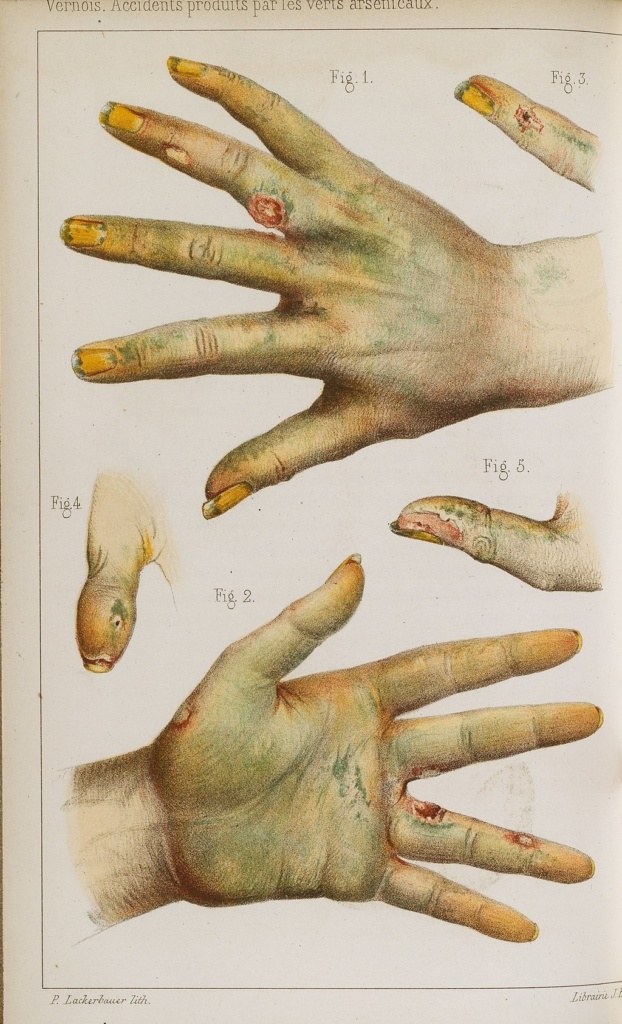
The Industrial Revolution brought an explosion of color in the form of new, synthetic fabric dyes. Prior to the mid 19th century, almost all dyes were made from natural dyestuffs from plant, animal, or mineral sources.
Advancements in chemistry and the availability of industrial byproducts enabled the invention of a dizzying range of fabric colors, particularly during the late 1850s to early 1870s. These synthetic dyes were cheaper to source and produce than natural dyes. They could yield any colors desired, from soft and muted to vivid and electric.
Women of all social classes delighted in the availability of the new colors. However, these posed health risks. Green made with arsenic, one of the earliest synthetic colors, was poisonous. Coal tar dyes that produced shocking magentas, violets, red, blues, and yellows could cause skin irritations to wearers.



